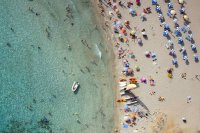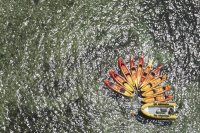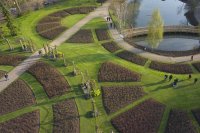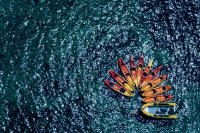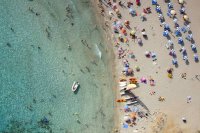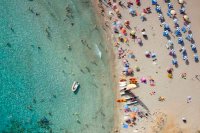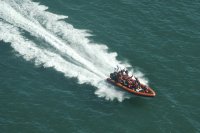Considering the creative potential for AP shots, which of these images has most impact do you think? Put another way, if you could only show someone one image to say "isn't aerial photography interesting", which would you choose? You're welcome to say they're all rubbish, but then which one is least rubbish?!
Am going to tweet some others later for anyone who is interested (follow http://twitter.com/AerialPhotoUK).
Thanks.
View attachment 6455
View attachment 6456
View attachment 6457
Am going to tweet some others later for anyone who is interested (follow http://twitter.com/AerialPhotoUK).
Thanks.
View attachment 6455
View attachment 6456
View attachment 6457

